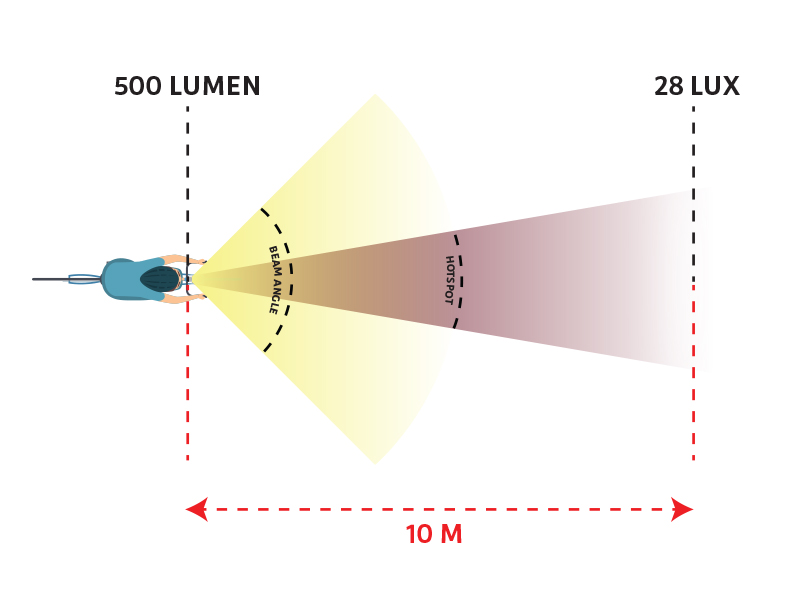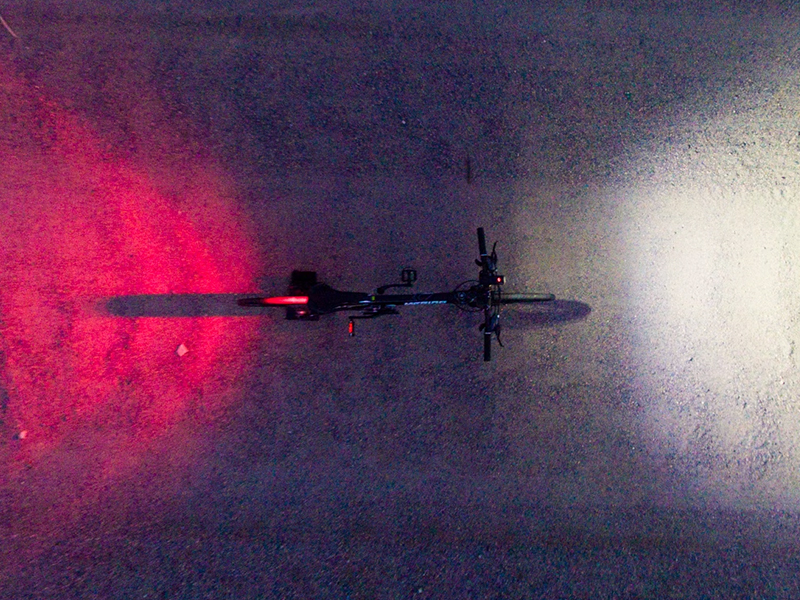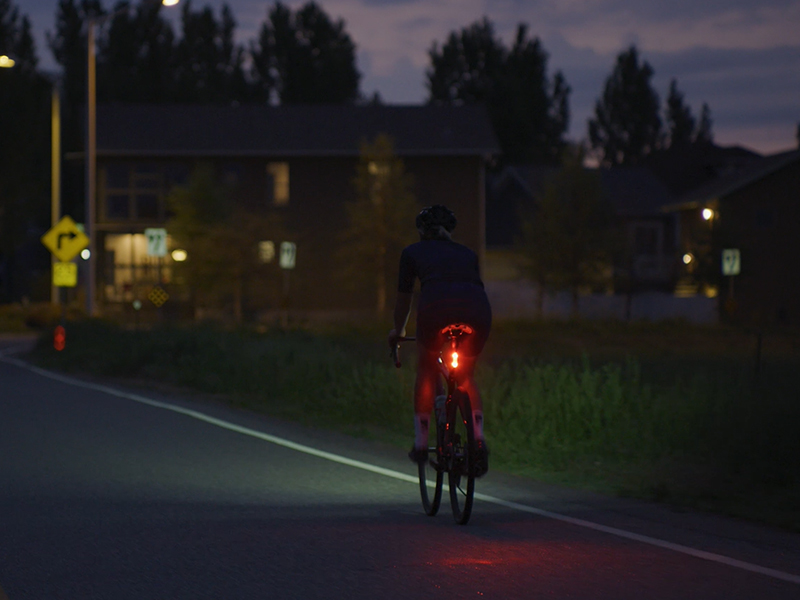When it comes to cycling, whether you’re commuting through the city or exploring rugged trails, having the right bike lights is crucial for both safety and performance. One of the most common questions cyclists face is: How many lumens do you really need? In this article, we’ll explore what lumens are, the ideal brightness levels for various riding conditions, and how to select the best bike lights for your needs.
Understanding Lumens: Illuminating Your Ride

A lumen is a unit of measurement that gauges the amount of light emitted by a source. In simple terms, it measures brightness—more lumens mean a brighter light. Traditionally, the brightness of lights was measured in watts, but with the rise of energy-efficient LED technology, lumens have become the standard for evaluating light output.
For bike lights, lumens play a crucial role in determining how well you can see and be seen. A higher lumen count translates to greater brightness, which is especially important for cycling in low-light conditions like fog or nighttime.
Ideal Lumens for Bike Lights

Choosing the right brightness for your bike lights depends on several factors, including your riding type, terrain, and time of day. Here’s a breakdown of what to look for in both front and rear bike lights.
#1 Comparing Lumen Brightness
Understanding the lumen range and its applications can help you choose the most appropriate bike light for your needs. Here’s a detailed breakdown:
- 0 – 100 Lumens: This is the minimal brightness typically used for rear lights. These lights help improve visibility from behind but are insufficient for illuminating the road ahead. Ideal for adding extra visibility when paired with a front light.
- 100 – 200 Lumens: This level is suitable for front lights used during the day. It enhances visibility for other cyclists and motorists, making it easier for them to see you without overpowering your sight.
- 200 – 300 Lumens: Provides a slightly higher brightness, suitable for front lights in well-lit urban areas or as a secondary light source. This level of brightness is generally adequate for short rides during the day or in areas with some artificial lighting.
- 300 – 500 Lumens: Offers a good balance for commuting in urban settings or well-lit trails. It provides sufficient illumination for navigating city streets or riding on paved paths where some light is already present.
- 500 – 800 Lumens: This is considered a bright light, ideal for off-road cycling or mountain biking. It’s effective for illuminating darker trails or rural roads where artificial lighting is minimal.
- 800 – 1,200 Lumens: Very bright and suitable for high-speed mountain biking or riding in extremely dark conditions. This level of brightness ensures that you can see and react to obstacles more effectively during fast-paced rides or in unlit areas.
- 1,200+ Lumens: Represents an exceptionally high brightness level, best for high-speed cycling or very dark, off-road environments. This level of light is ideal for conditions where maximum visibility is crucial, such as high-speed night rides or navigating challenging terrains.
#2 Front and Rear Lights
Front lights are designed to illuminate the road ahead and enhance your visibility to others. They play a vital role in spotting potential hazards and navigating dark or poorly lit paths. In contrast, rear lights are essential for making the rider visible from behind, a critical safety feature, especially in low-light conditions or on busy roads.
#3 Factors to Consider
Choosing the right brightness for your bike lights involves considering several key factors. Here’s a detailed look at how different conditions can affect the ideal lumen count for your bike lights.
-
Riding Type
For daily urban commuting, moderate lumens are generally sufficient. Urban environments often have streetlights that provide some level of illumination, so you don’t need an extremely bright light. Instead, aim for a balance that enhances your visibility without dazzling other road users. This prevents creating distractions or impairing the vision of drivers and fellow cyclists.
In contrast, road cycling, particularly during nighttime or in poorly lit areas, benefits from higher lumen outputs. A brighter front light helps you see further ahead and improves your visibility to others, which is essential for safety on roads that may not be well-lit.
Trail riding demands the highest lumen levels because of the challenging terrain. Trail riders need to navigate through rough and often unpredictable surfaces. A powerful light ensures that you can spot obstacles, such as rocks or tree roots, in advance, reducing the risk of accidents and allowing for a safer and more enjoyable ride.
-
Terrain
On flat, well-lit terrain, you can manage with fewer lumens. Since the path is already illuminated to some extent, a lower lumen light is sufficient for seeing the road or trail ahead. The light’s primary role in these conditions is to enhance your visibility rather than to provide significant illumination.
When riding on hilly or rough terrain, higher lumen levels become crucial. Uneven or off-road surfaces can conceal obstacles, and more powerful lighting helps you identify these hazards from a greater distance. This extra visibility is essential for adjusting your riding path and navigating safely through challenging environments.
-
Riding Time
Daytime riding generally requires a lower lumen count, but having a light with high visibility settings is still important. Even during the day, a bike light can improve your visibility to others, especially in conditions where visibility might be reduced, such as in fog or heavy rain.
For night riding, whether on roads or trails, higher lumens are essential. At night, your bike lights are your primary source of illumination. A higher lumen count ensures that you can see and be seen effectively, providing sufficient brightness to navigate safely and avoid potential hazards. This is especially important on unlit roads or dark trails where visibility is critical to avoid accidents.
Conclusion
Selecting the right bike lights involves more than just picking the brightest option. Understanding how many lumens you need based on your riding conditions, type, and terrain will ensure you get the most effective illumination for your rides.
To explore the best bike lights available in 2024 and find top recommendations tailored to your needs, check out our article, “Best Bike Lights of 2024: Our Top Recommendations.” This comprehensive guide will help you make an informed decision and enhance your cycling experience.
Whether you’re commuting through the city or hitting the trails, having the right bike lights is essential for your safety and enjoyment. So, gear up, stay bright, and ride safely!



